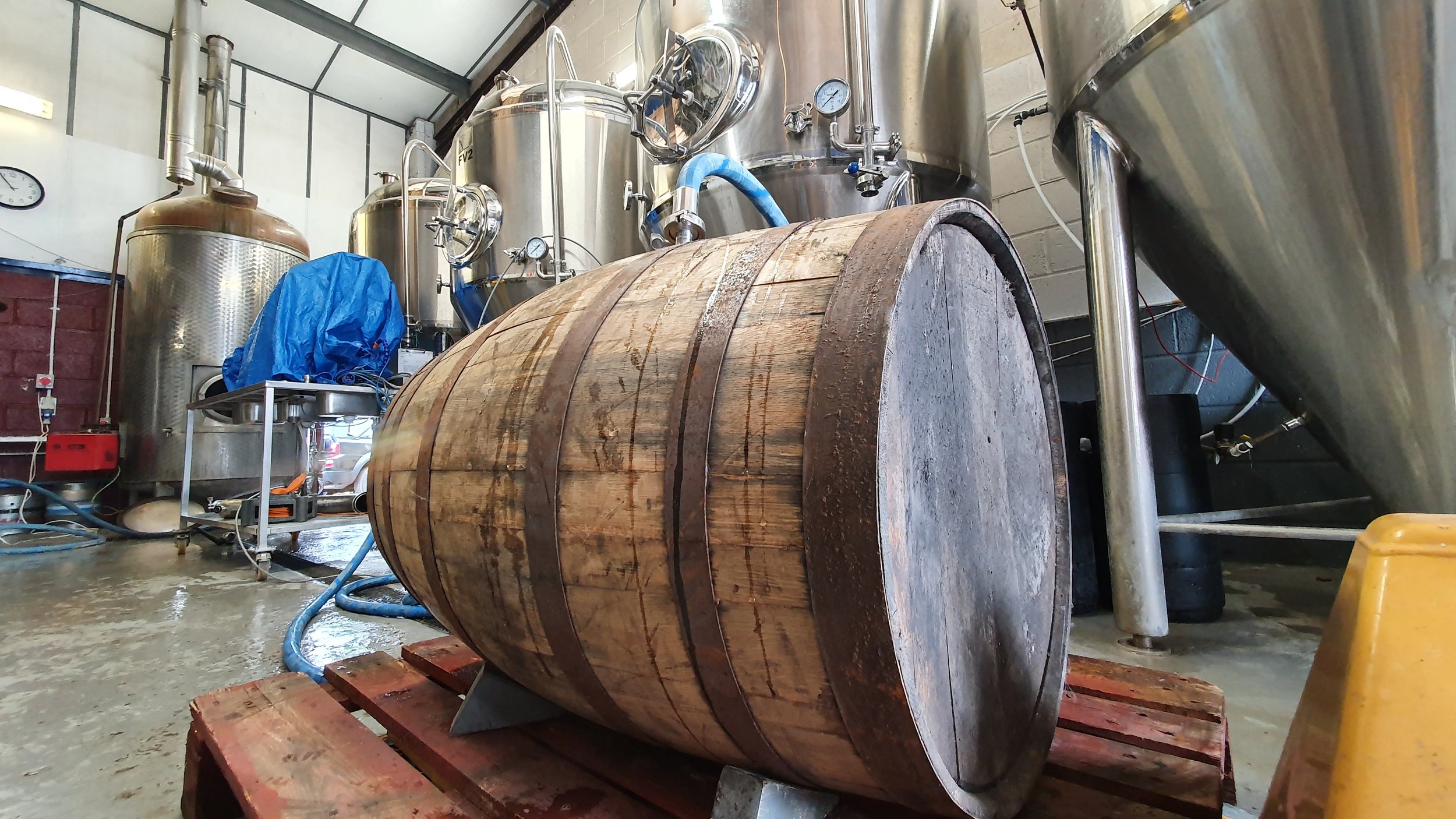The Brewing Process: How Beer Is Made
If you’re searching for a Bath Brewery Tour, understanding how beer is brewed can enhance your appreciation. Brewing combines art and science, transforming simple ingredients—water, malted barley, hops, and yeast—into a delicious pint. Below, we break down each step and highlight examples from Bath’s local breweries.

1. Milling and Mashing
The brewing process begins by milling malted barley into a coarse powder called “grist.” The grist is then combined with hot water in a vessel known as a mash tun. During the mashing step, enzymes convert starches in the grain into fermentable sugars. Bath’s own Bath Brew House uses a two-stage mash to unlock maximum flavor for their flagship Emperor Pale Ale.
2. Lautering and Sparging
Once mashing is complete, the sweet liquid known as “wort” is separated from spent grains through a process called lautering. The grains act as a natural filter bed, and the wort drains off. Brewers then rinse the grains with hot water (“sparging”) to extract any remaining sugars. The resulting wort is clear, golden, and ready for boiling.

3. Boiling and Hopping
The wort is boiled—typically for 60 to 90 minutes—to sterilize it and concentrate flavors. During the boil, hops are added at various times: early additions provide bitterness, mid-boil additions contribute flavor, and late additions preserve delicate hop aromas. Electric Bear Brewing Co. is known for bold late-hop additions in beers like Inspector Remorse, giving floral and citrusy notes.
4. Cooling and Fermentation
After boiling, the hot wort is quickly cooled to yeast-friendly temperatures using a heat exchanger. The cooled wort is then transferred to a fermenter and pitched with yeast. Yeast metabolizes sugars into alcohol and carbon dioxide. Depending on the beer style—ales use top-fermenting yeast at warmer temperatures, lagers use bottom-fermenting yeast at cooler temperatures—fermentation can take from one week up to several weeks.

5. Conditioning and Packaging
Once primary fermentation is complete, beer is conditioned to develop flavors and clarity. This can occur in the same fermenter or secondary vessel. After conditioning, beer is carbonated—either naturally (via residual sugars) or force-carbonated with CO₂—and then packaged into kegs, bottles, or cans. Abbey Ales consistently delivers well-conditioned beers like Bellringer that showcase smooth mouthfeel and balanced carbonation.
Experience a Beer Tour in Bath
Learn about these brewing steps firsthand and spend time with a professional brewer on a Bath Beer Tour. Walk through Bath’s cobbled lanes, visit local pubs, and taste beers produced by the equipment like the mash tuns and fermenters. Learn the craft directly from a professional brewer and taste fresh, locally brewed beer along the way.
Join a Bath Beer Tour and use the code BEER10 for 10% off!
Explore historic pubs, enjoy local beers, and discover Bath's brewing heritage.
Book Now